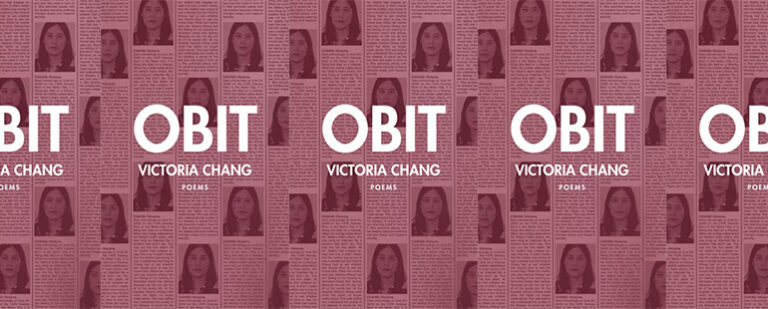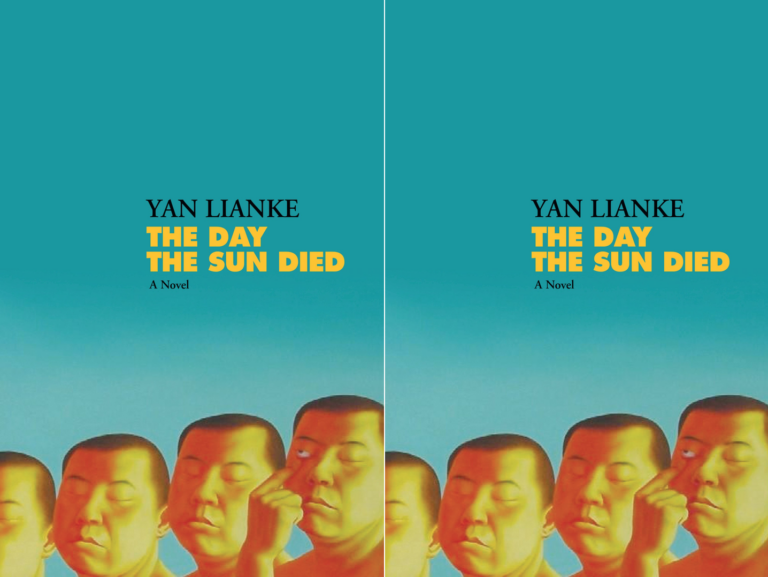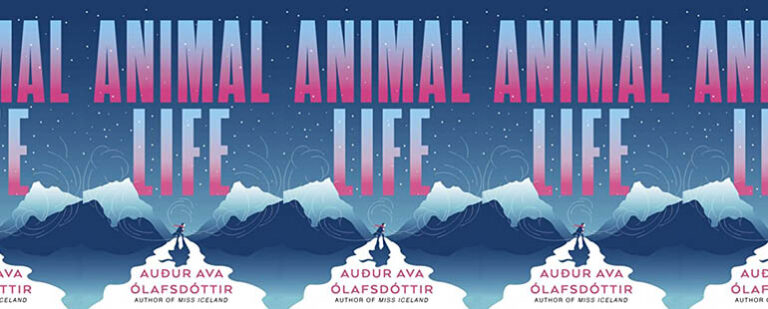All the Roads Are Open by Annemarie Schwarzenbach

All the Roads Are Open
Annemarie Schwarzenbach
Seagull Books | April 20, 2021
In All the Roads Are Open, translated from the German by Isabel Fargo Cole, Swiss journalist, photographer, and writer Annemarie Schwarzenbach recalls the journey she took with a friend between 1939 and 1940, from Lake Geneva to the Hindu Kush mountains of Central Asia. Her friend, Ella Maillart, a prolific fellow Swiss journalist and travel writer, accompanies Schwarzenbach as she drives through the Balkans, Turkey, Iran, and Afghanistan, only two years before Schwarzenbach’s untimely death at 34 years old.
The book’s introduction highlights Schwarzenbach’s tragic fate and complicated family dynamics, as her controlling mother, wanting to uphold a certain narrative, deleted many original notes and articles her daughter had kept and produced. The book, as incomplete as memories are, forms a collage of fragmentary entries, reassembling published and unpublished pieces. Throughout it, we see Schwarzenbach use travel an escape—from her oppressive mother, tumultuous relationships (a sham marriage with a French gay diplomat and passionate, often destructive liaisons with several women), depression, addiction, and the brutality of Hitler’s ascent. “Departure is a liberation,” she writes. She leaves Switzerland to see humanity in others, but also to break away from the theatre of war.
Schwarzenbach is not only Swiss, but also a lesbian and friend of prominent Jews. Her concern with the rise of the Nazi movement is immediate. She left Berlin no more than a month after Hitler took power, and swiftly joined the anti-fascist movement. She and Maillart are already in Kabul when they learn that war has been proclaimed in Europe. The war seems to follow her: in Croatia, Schwarzenbach is shocked to encounter school pupils raising their arms in a “Heil Hitler” greeting. Nazism has gained new ground, and wherever Schwarzenbach goes, the impact of war follows.
In Iran, she stops at the Imam Reza shrine in Mashhad (off-limits for non-Muslims) and proceeds eastwards to Torbat and towards the Afghanistan border. Here, we see that travel is more than geographical for Schwarzenbach—it’s a psychological and introspective undertaking, as well as an intimate metaphor of living and becoming, especially for an androgynous woman who breaks boundaries and social taboos. She reflects on the appropriation of space and calling one’s home. For example, as soon as Schwarzenbach enters Afghanistan, she must acknowledge her stance as an outsider and as a woman. She befriends a family in Qaysar, between Herat and Mazar-i-Sharif, and questions women’s visibility and agency in the Afghan society. They “live in constant fear,” she observes, and criticizes the burqa, the all-concealing blue cloak, as a prescription to reject. For her, womanhood is universal, and she refrains from fetishizing or romanticizing local customs. Yet despite the inequalities, she still stresses the fabric of the Afghan society and highlights what unites. Afghanistan is not a war-stricken, uniform land but a vast territory of village bazaars, rich traditions, and peoples.
As she heads west towards modern-day Pakistan, Schwarzenbach crosses more villages on her way and wonders what changes may bring to them. To her, progress won’t denature the country, unlike other westerners she meets who wish to keep Afghanistan “pristine”. She sees in the inevitable course of modernity the opportunity to build hospitals and schools which are in high need. At the end of the book, the season turns to fall and brings along harsher conditions. The sight of a Soviet plane above increases her tension that even in Afghanistan, Schwarzenbach might not succeed in running away from the war. This fuels her melancholia, and perhaps even distress (the purged entries conveniently omit her opium addiction relapse in Kabul). The elegiac Afghan entries end once she reaches the border of the Khyber Pass. With mixed emotions of bliss and disappointment, she faces the perpetual pain of goodbyes and the “unhealing wound of parting.”
Schwarzenbach’s book, while fragmented, showcases the specificity and talent of her writing. Having taken part of the same itinerary myself a few years ago, I found Schwarzenbach’s descriptions vividly accurate, like when she writes of Mashhad, Iran, “still nearly a hundred kilometres to the border—and the horizon grows wider and emptier, the wind stronger and hotter, the mountains peter out at the edge of the plain, we cross dry riverbeds. When will evening come, a little coolness?” Her descriptions are stroke-like and expressionistic, perhaps in part due to the language barrier. “Names are more than geographic labels,” she writes, “they’re sound and color, dream and memory, they’re mystery, magic.” In All the Roads Are Open, the reader feels this mystery and magic. The book offers a memorable account of discovery and self-exploration at a time when Nazism came knocking at Europe’s doors. Schwarzenbach’s fragile notes reject yesterday’s racism and intolerance, and instead offer an ode to individual freedom.


